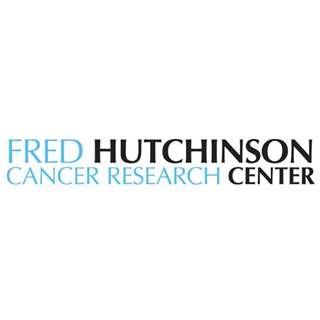
Considering people’s concerns about this rapidly spreading disease, an effective vaccination program is recently developed that aims children foremost and eventually 70 percent of the U.S. population. This vaccination program is expected to alleviate pandemic influenza H1N1, according to computer modeling and analysis of observational studies conducted by experts at the Vaccine and Infectious Disease Institute (VIDI) at Fred Hutchinson Cancer Research Center.
A recent study which involves the first estimation of the transmissibility of pandemic H1N1 influenza in schools, suggests that 70 percent of children ranging from 6 months to 18 years of age should be vaccinated first along with the high-risk groups as detected by the U.S. Centers for Disease Control and Prevention.
It is believed that these groups engage health care and emergency services personnel with those who are at a higher risk for medical intricacy from pandemic H1N1 illness such as people diagnosed with chronic disorders or weak immune systems. Scientists have discovered that two doses of vaccine, given three weeks apart, may be necessitated for adequate safeguard against the disease.
On the other hand, an author Ira Longini with colleagues stressed that the availability of an efficacious vaccine to protect people against pandemic H1N1 with the timing of the outbreak, can help in determining how faster the epidemic can be slowed. The experts believe that masses should be vaccinated at least a month before the disease is at peak in order to control it, with a heavy concentration placed on children.
“Our estimates of pandemic H1N1 in households, schools and in the community places this virus in the higher range of transmissibility,” stated Yang Yang, Ph.D., first author of the paper and a staff scientist at VIDI.
Taking everyday precautions such as avoiding going to crowded places, social distancing along with using antiviral medicines may help in protecting against such influenza. But according to authors, vaccination remains the most effective means of pandemic influenza control.
From the experts’ perspective, an aggressive vaccination elevates population-level-immunity and reduces the effective reproductive number of virus. This tends to result in slowing the spread of the infection and reducing the height of the epidemic peak besides reducing the overall illness attack rate, hospitalizations and mortality.
Other significant aspects of the study reflect on the existent pattern of pandemic spread which is considered to be most likely similar to the Asian influenza A (H2N2) pandemic of 1957-58. It was anticipated that the substantial spread would commence in early September with the epidemic peaking in mid to late October.
“In this case, child-first, phased vaccination would need to start as soon as possible, and no later than mid September to be effective for mitigation,” stated Longini, a biostatistician in the Center for Statistical and Quantitative Infectious Diseases at the Hutchinson Center. Longini also stated that the present U.S. plan called for the vaccination to probably start in mid October, which could still be effective if the epidemic peaked in November or December as it did during the Hong Kong influenza A(H3N2) of 1968-69.
Moreover, there will be high rates of illness attacks among children based upon epidemiological observations from the U.S. and around the world. From a recent evidence of an outbreak of swine flu at a private school in New York last April, the authors also estimated that the typical student will infect an average of 2.4 other children in his or her school.
“We would hope to be able to estimate the effectiveness of pandemic vaccines and other mitigation measures so that we can understand the control of pandemic H1N1 influenza,” explained M. Elizabeth Halloran, D.Sc., M.D., a co-author of the study and member of VIDI and professor of biostatistics at the University Of Washington School Of Public Health.
Several findings in this study are based on epidemiological studies and vaccine trials in the past for seasonal influenza vaccines.
The findings are published in the Sept. 11 issue of Science Express.
